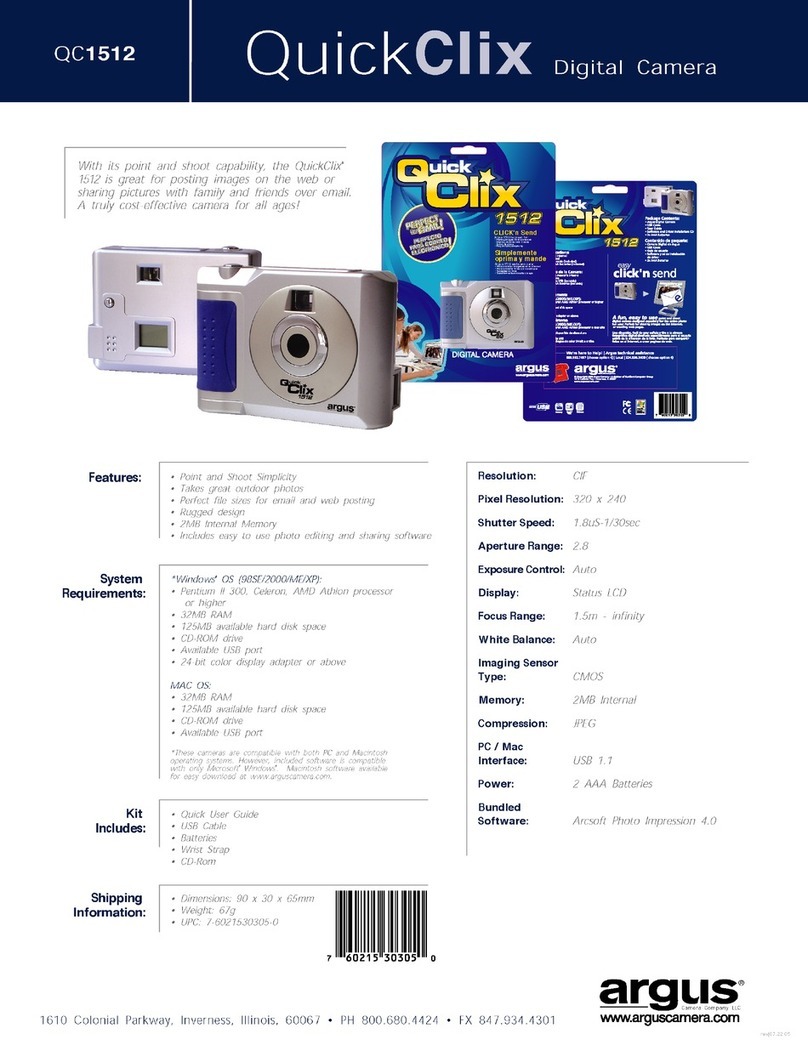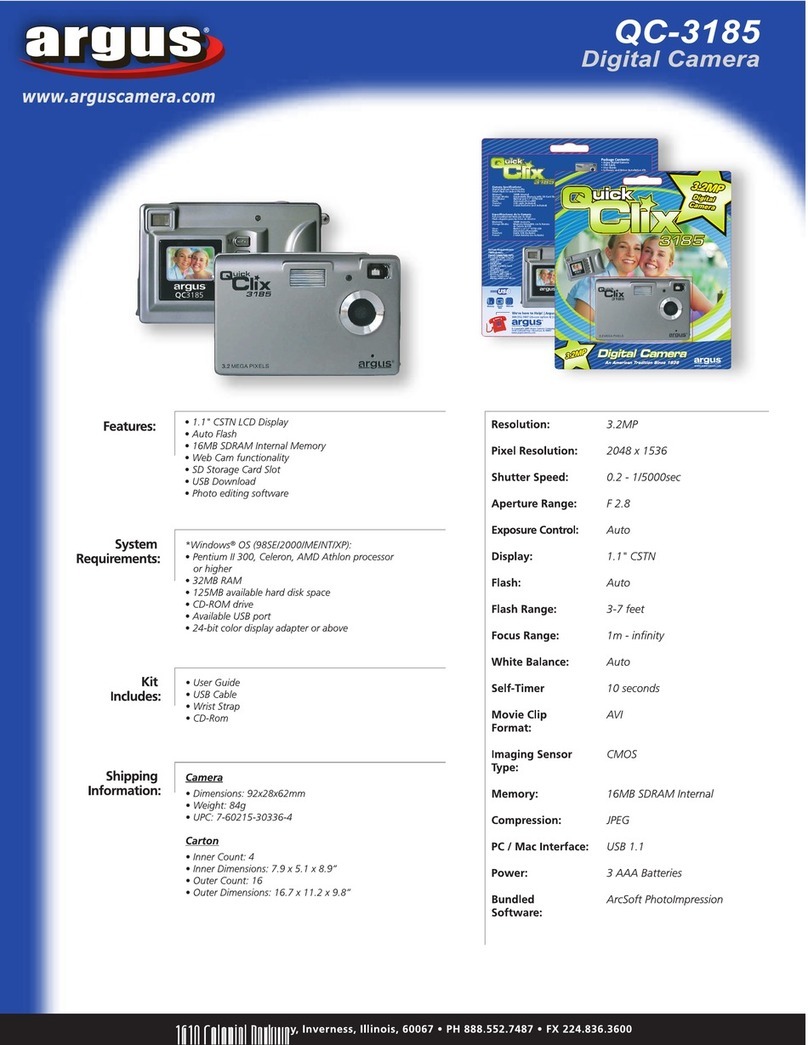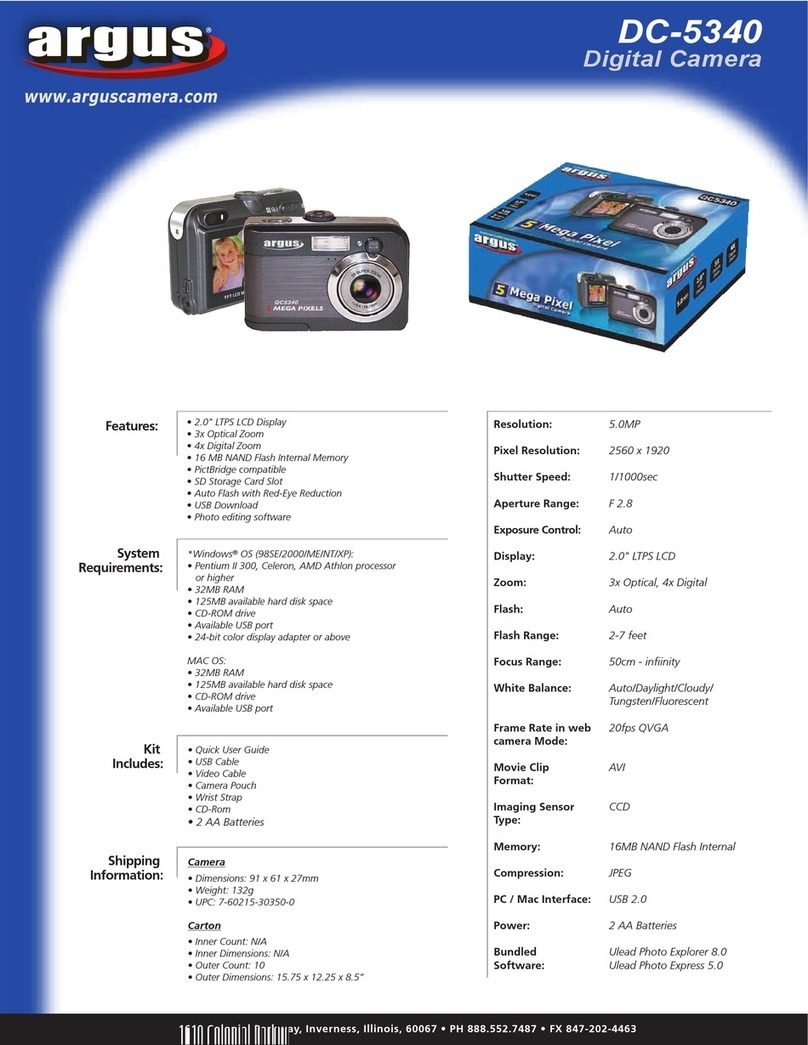Argus SHOWMASTER 822 User manual
Other Argus Digital Camera manuals
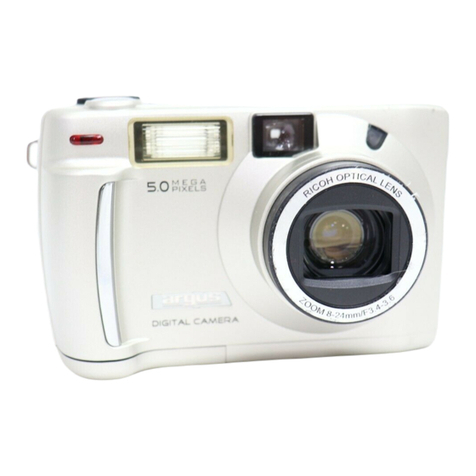
Argus
Argus DC3810 User manual
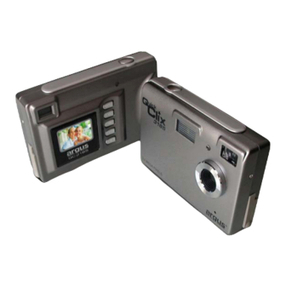
Argus
Argus QuickClix QC-3185 User manual
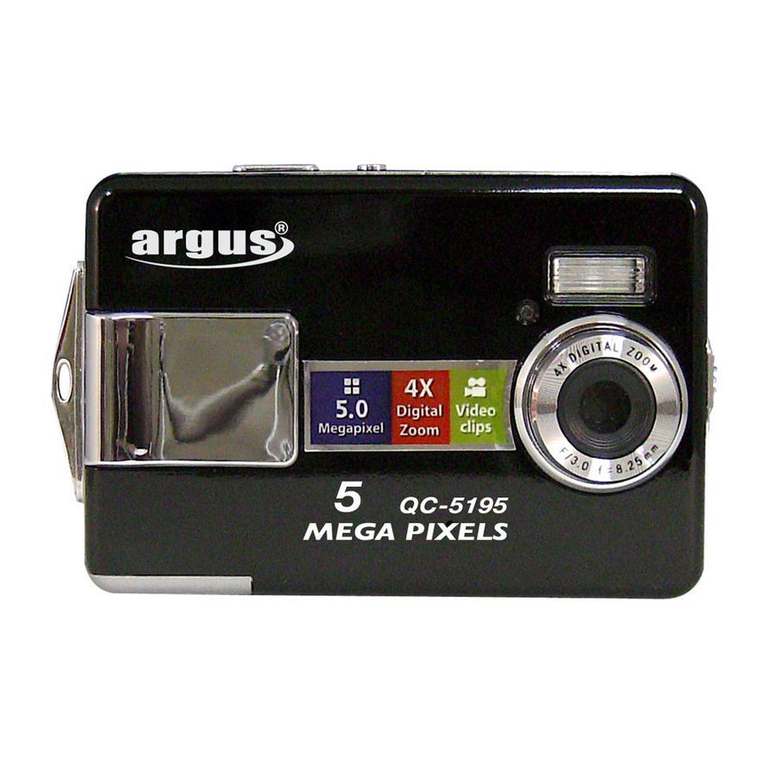
Argus
Argus Argus DC-5195 User manual
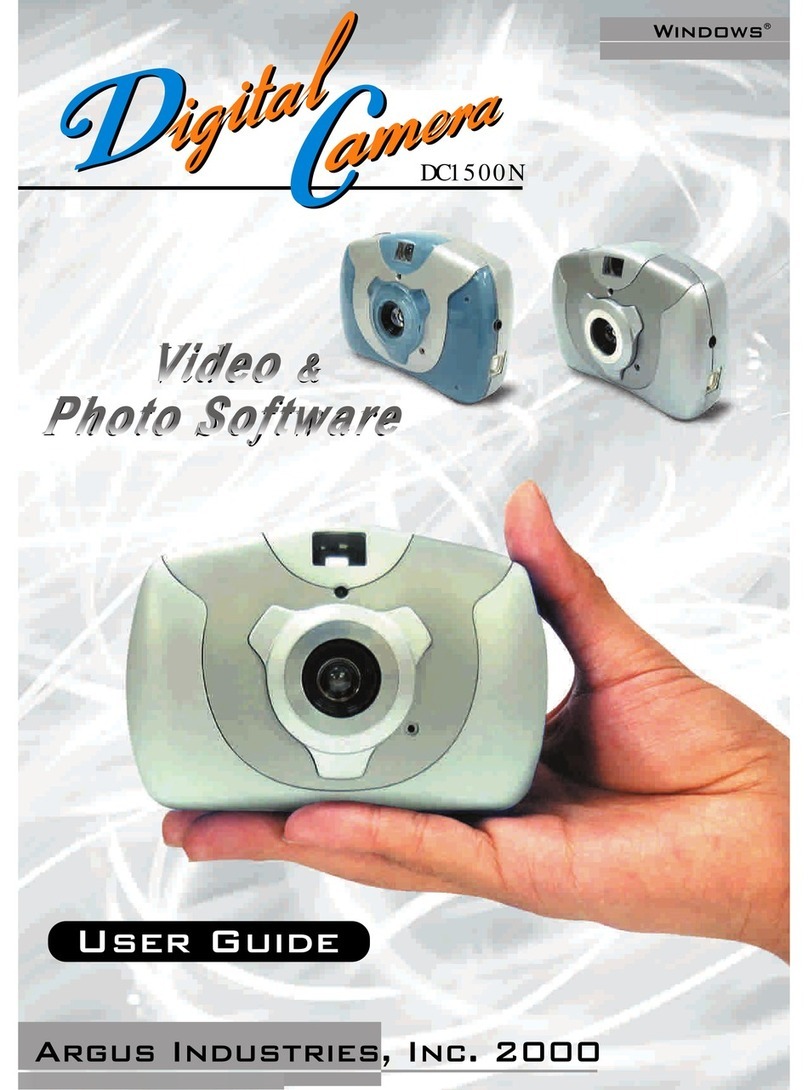
Argus
Argus DC1500N User manual
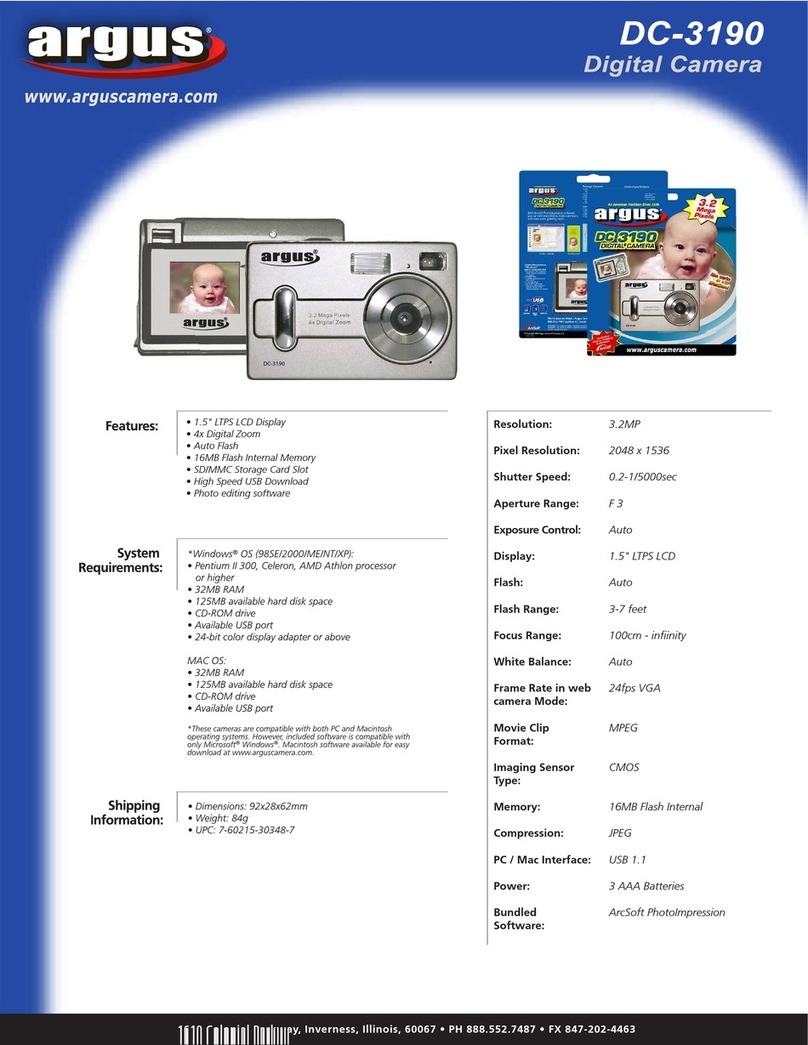
Argus
Argus DC-3190 User manual

Argus
Argus DC-2185 User manual
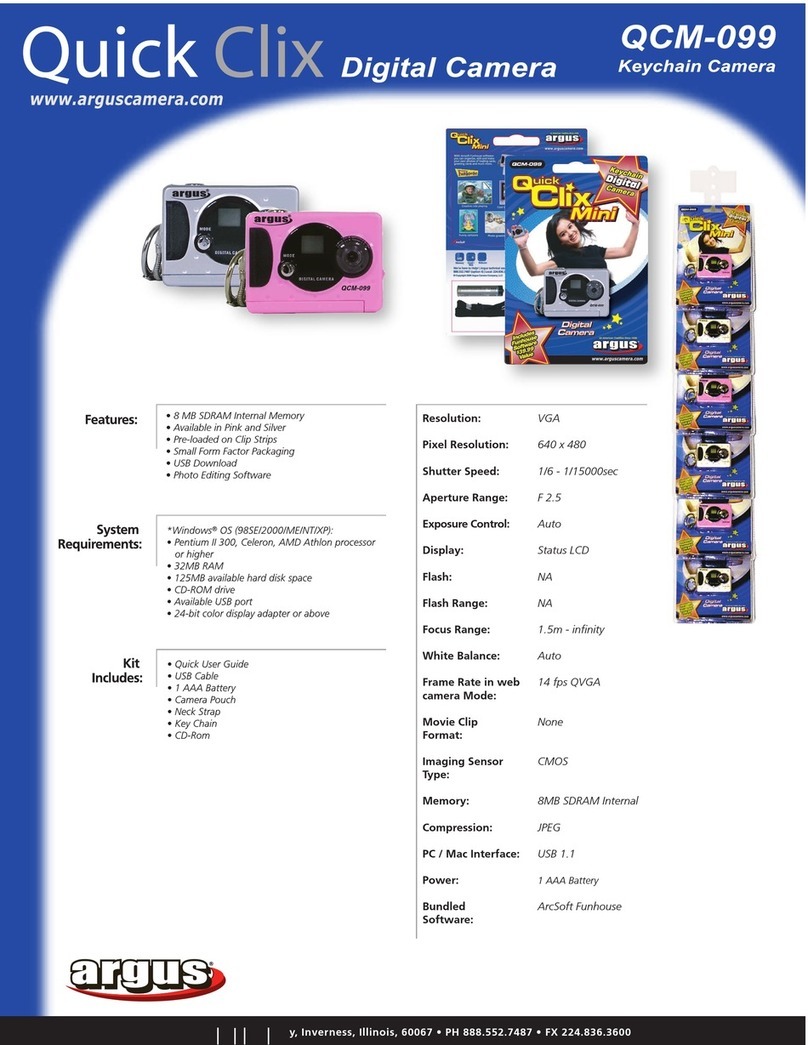
Argus
Argus Quick Clix QCM-099 User manual
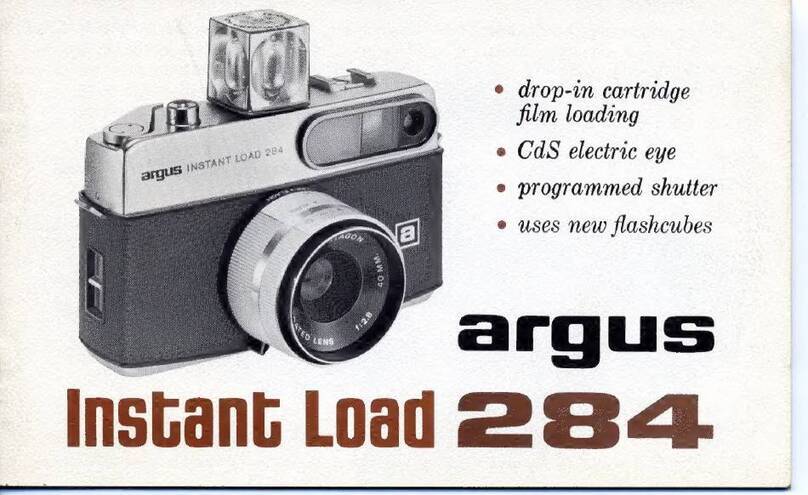
Argus
Argus Instant Load 284 User manual
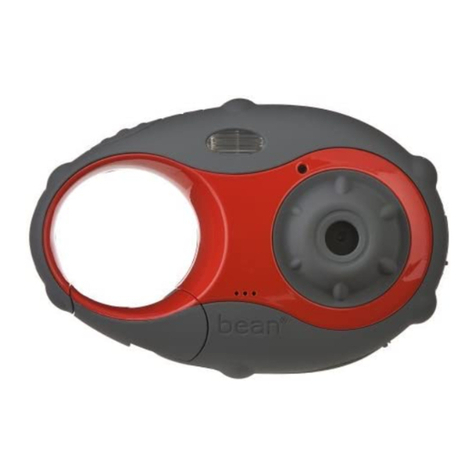
Argus
Argus Bean3 User manual
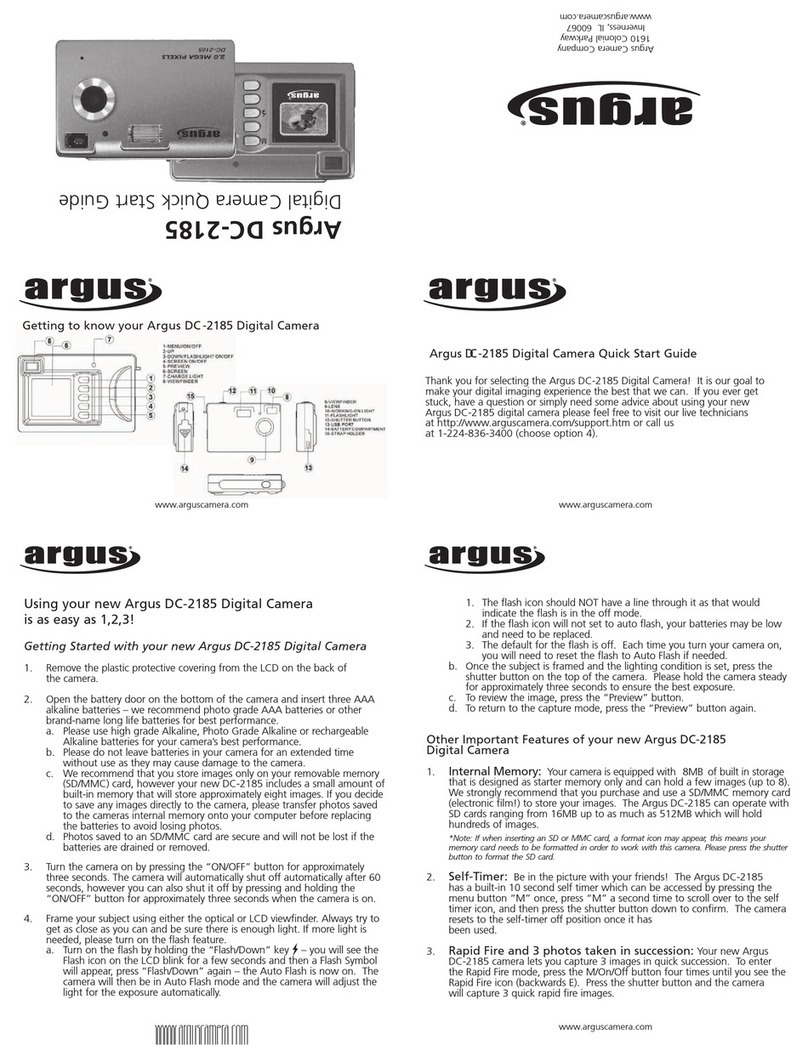
Argus
Argus Argus DC-2185 User manual
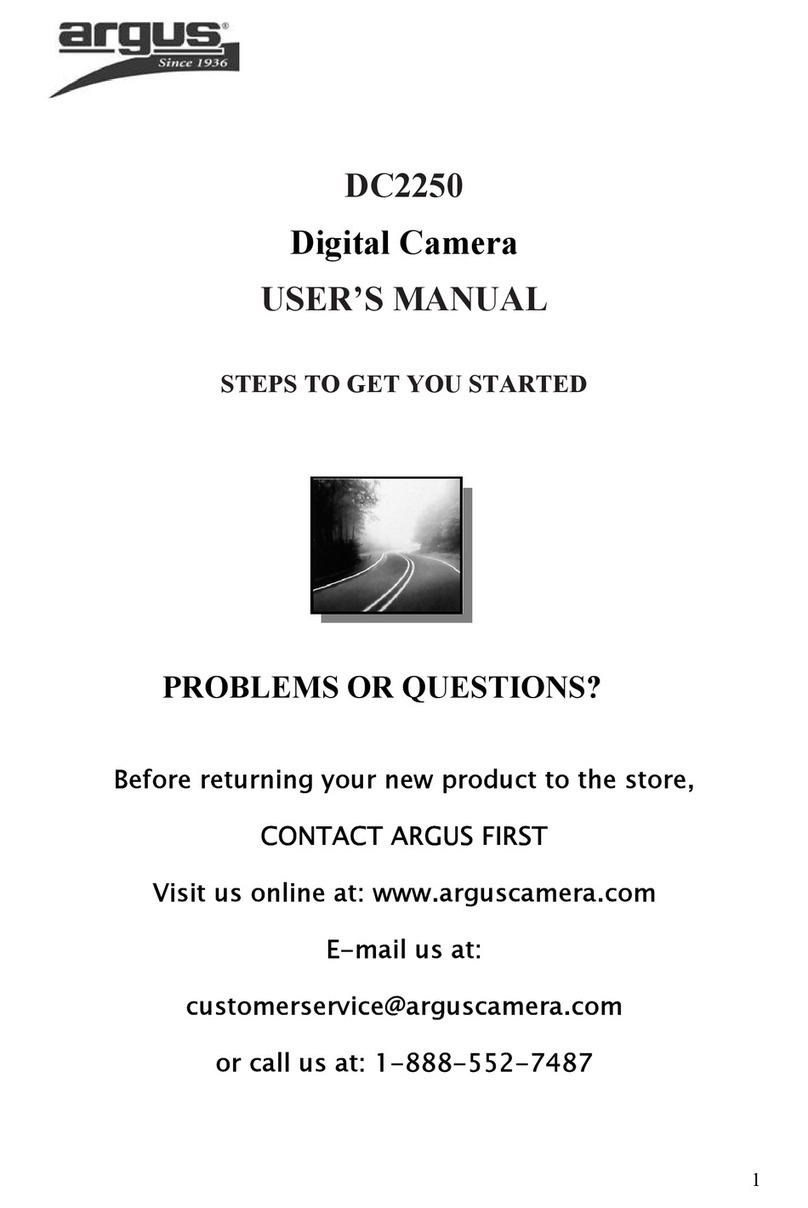
Argus
Argus DC2250 User manual
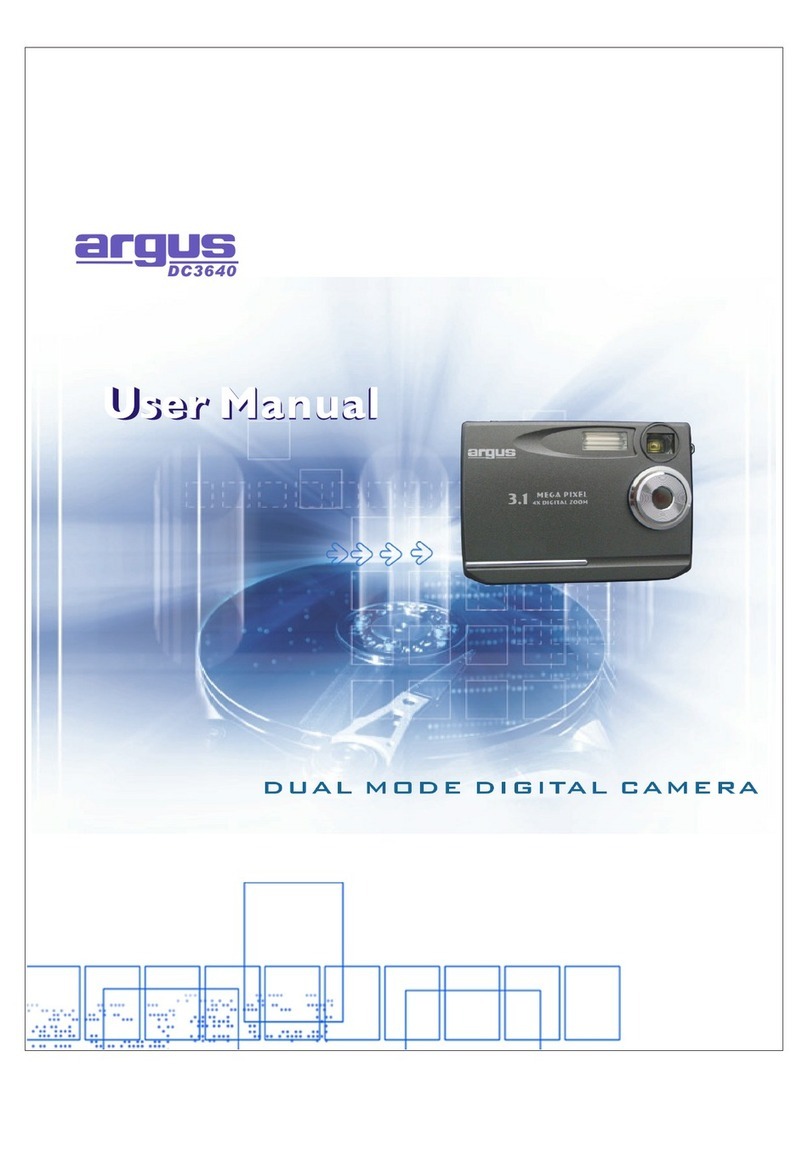
Argus
Argus QuickClix 3640 User manual
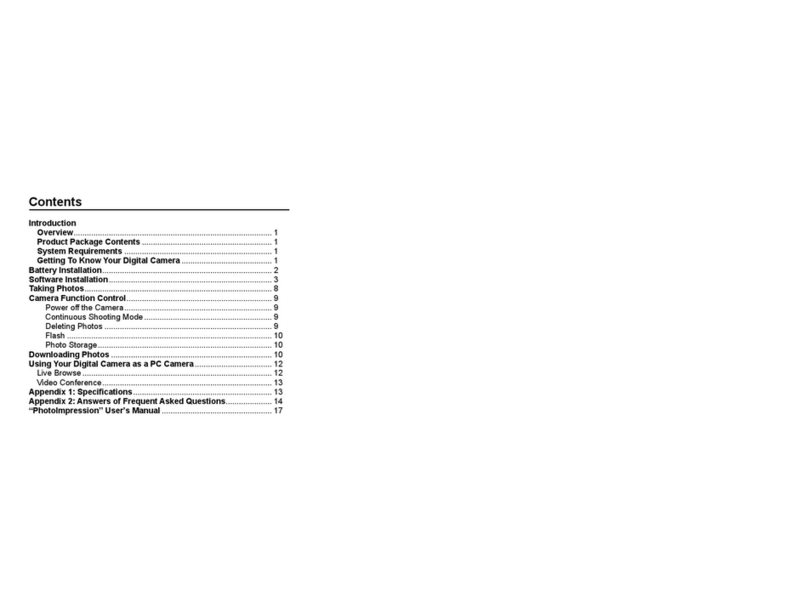
Argus
Argus DC1620 User manual
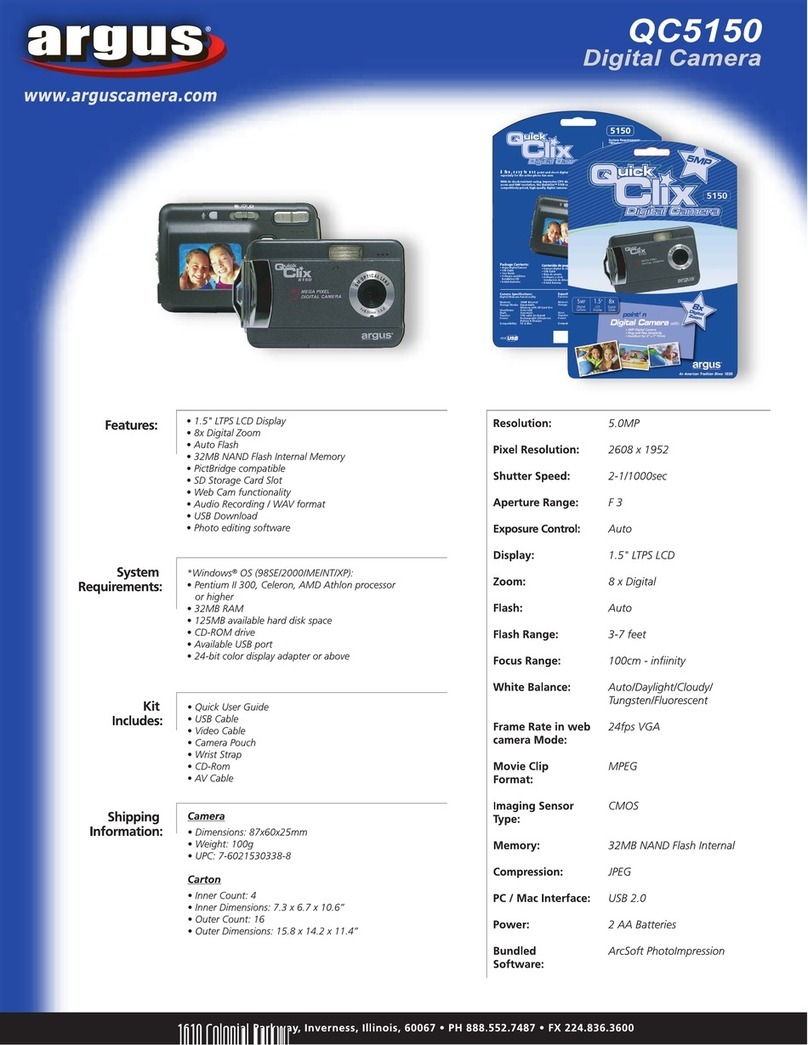
Argus
Argus QC-5150 User manual
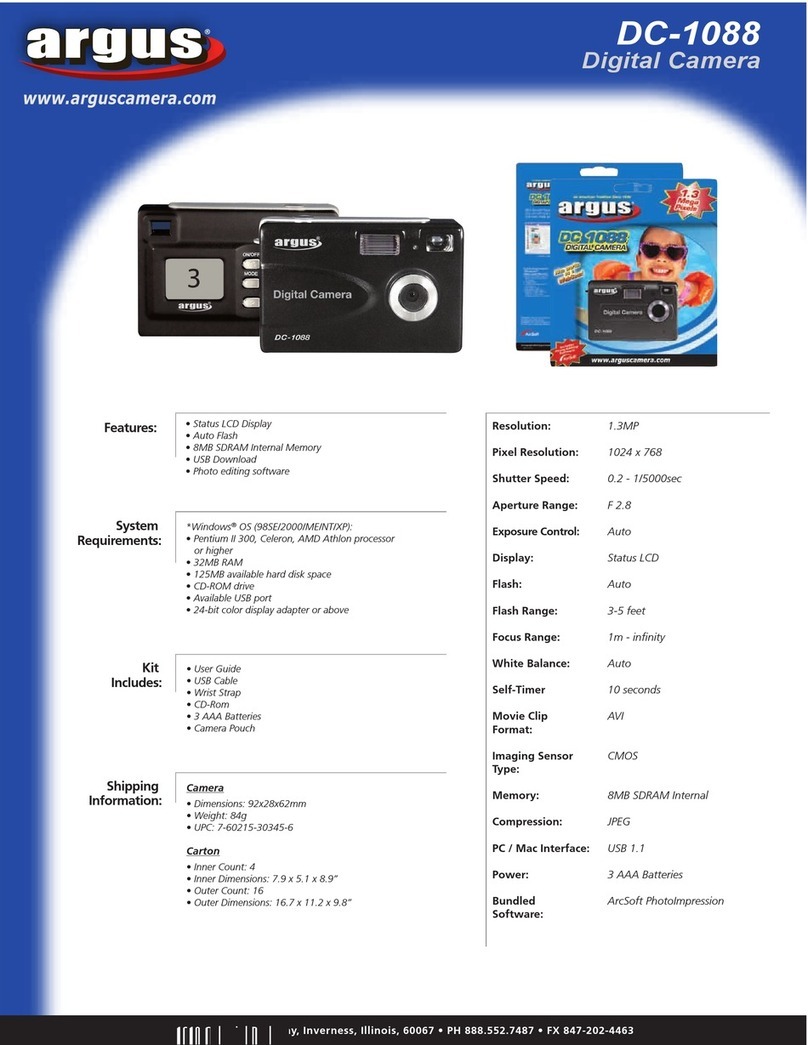
Argus
Argus Argus DC-1088 User manual
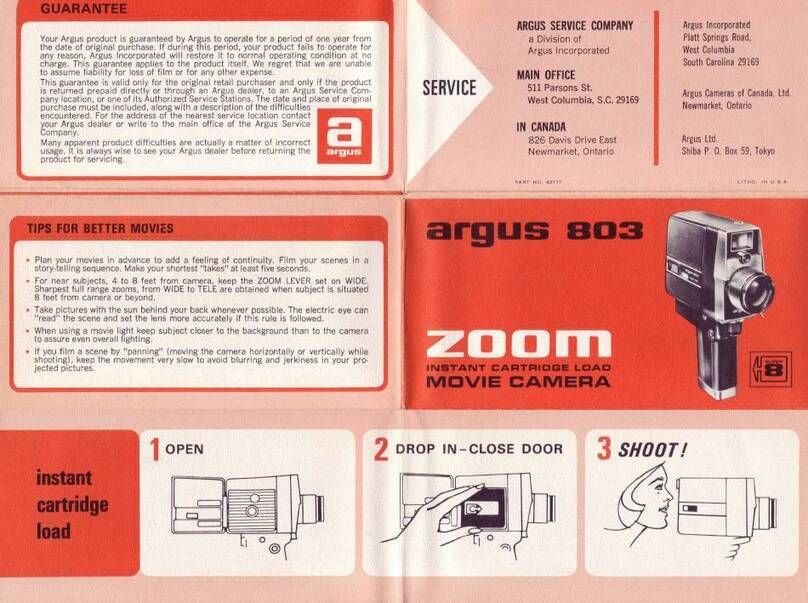
Argus
Argus 803 User manual
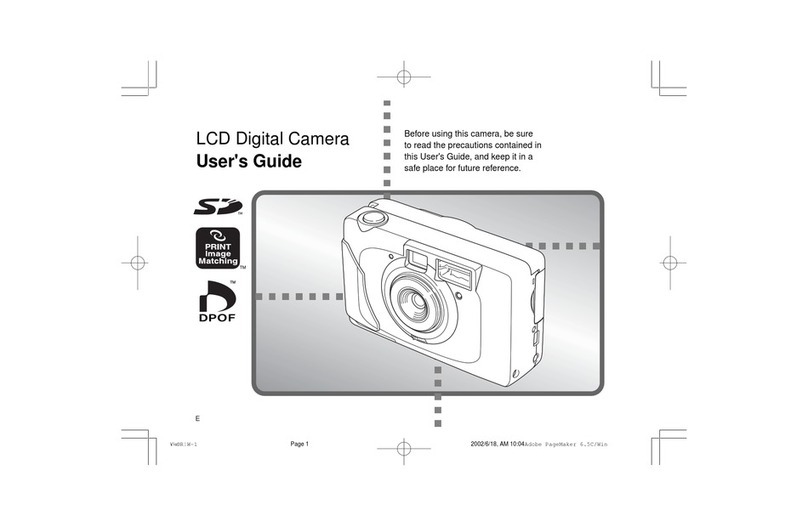
Argus
Argus RW-1 User manual

Argus
Argus DC3650 User manual
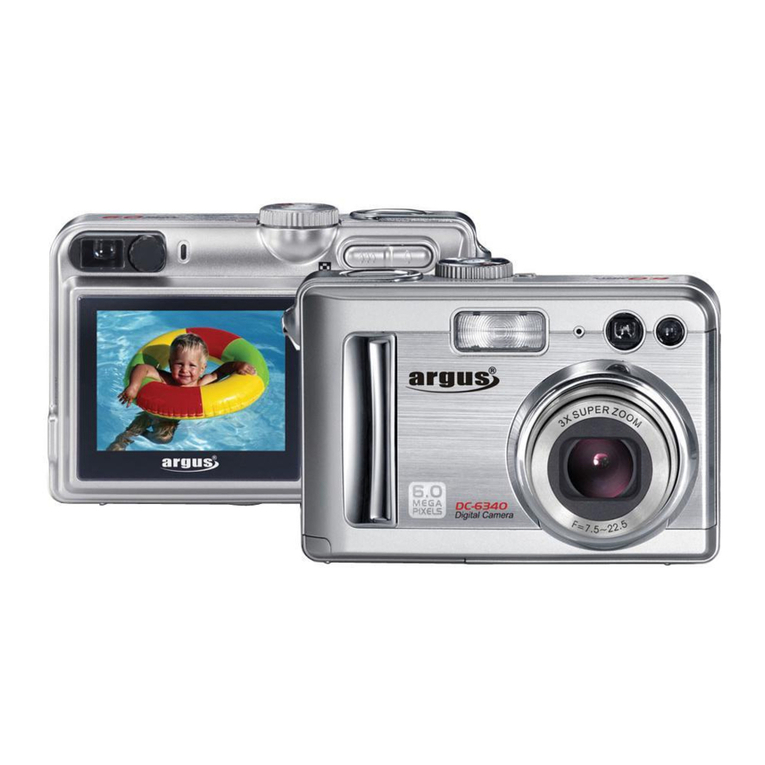
Argus
Argus DC-6340 User manual
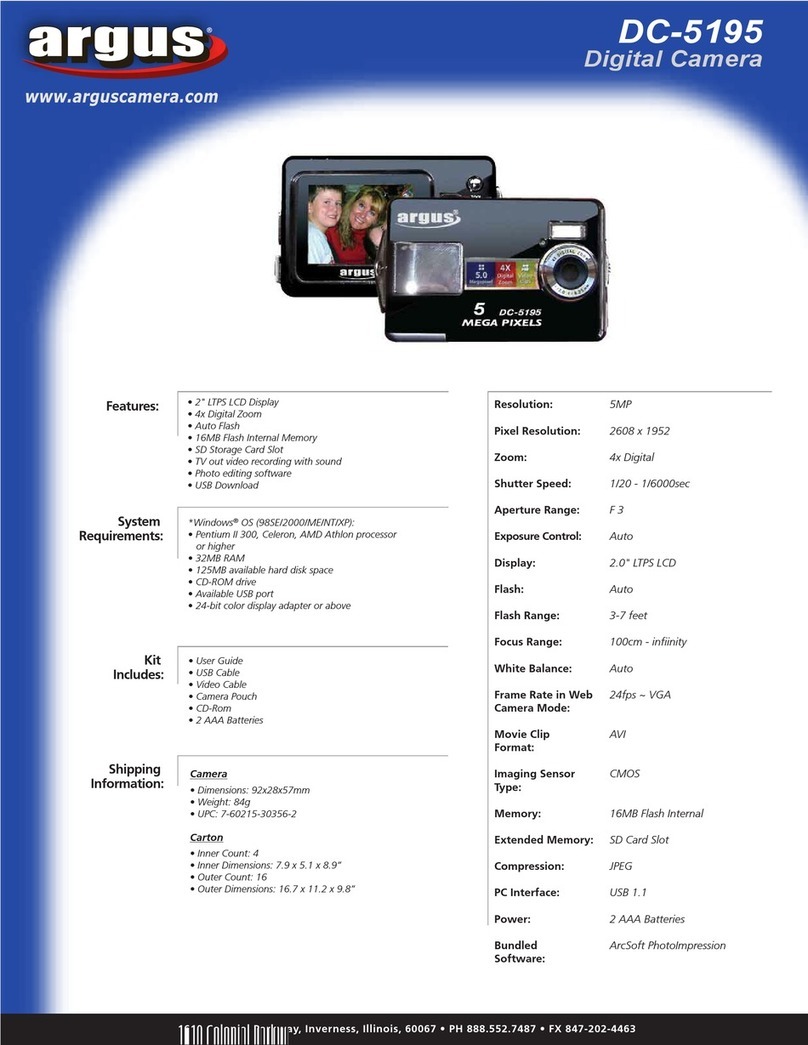
Argus
Argus Argus DC-5195 User manual
